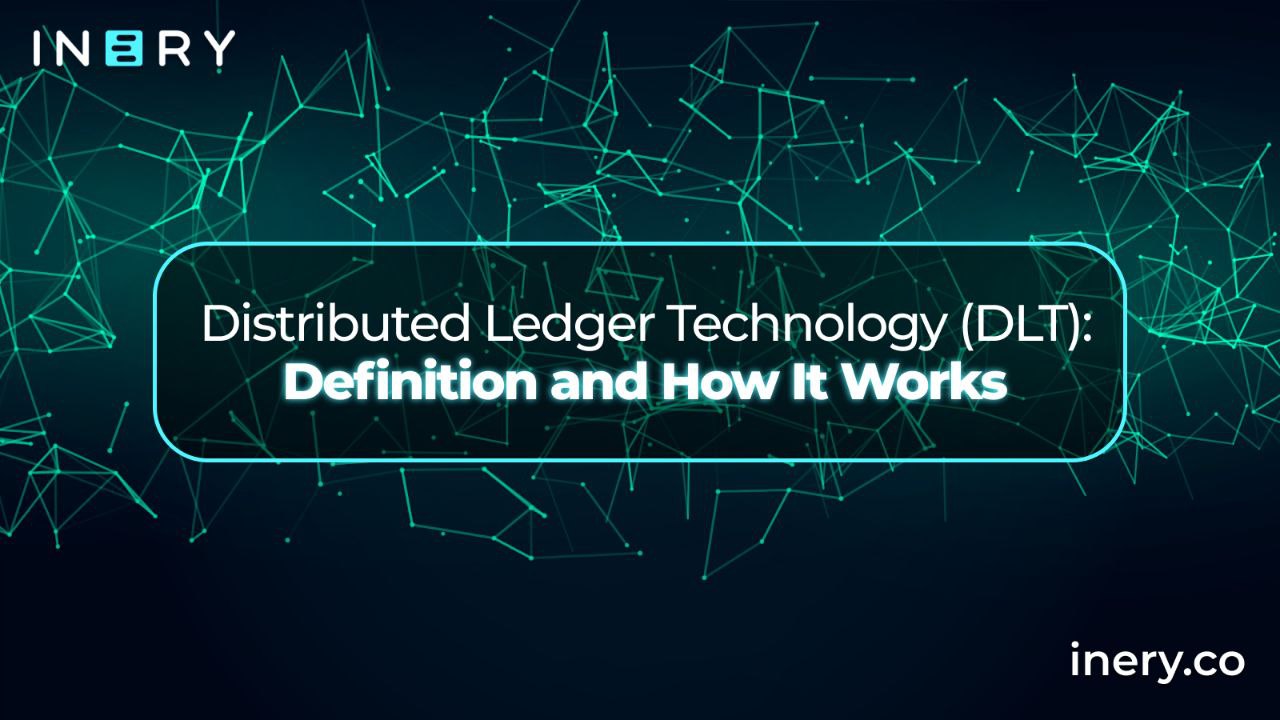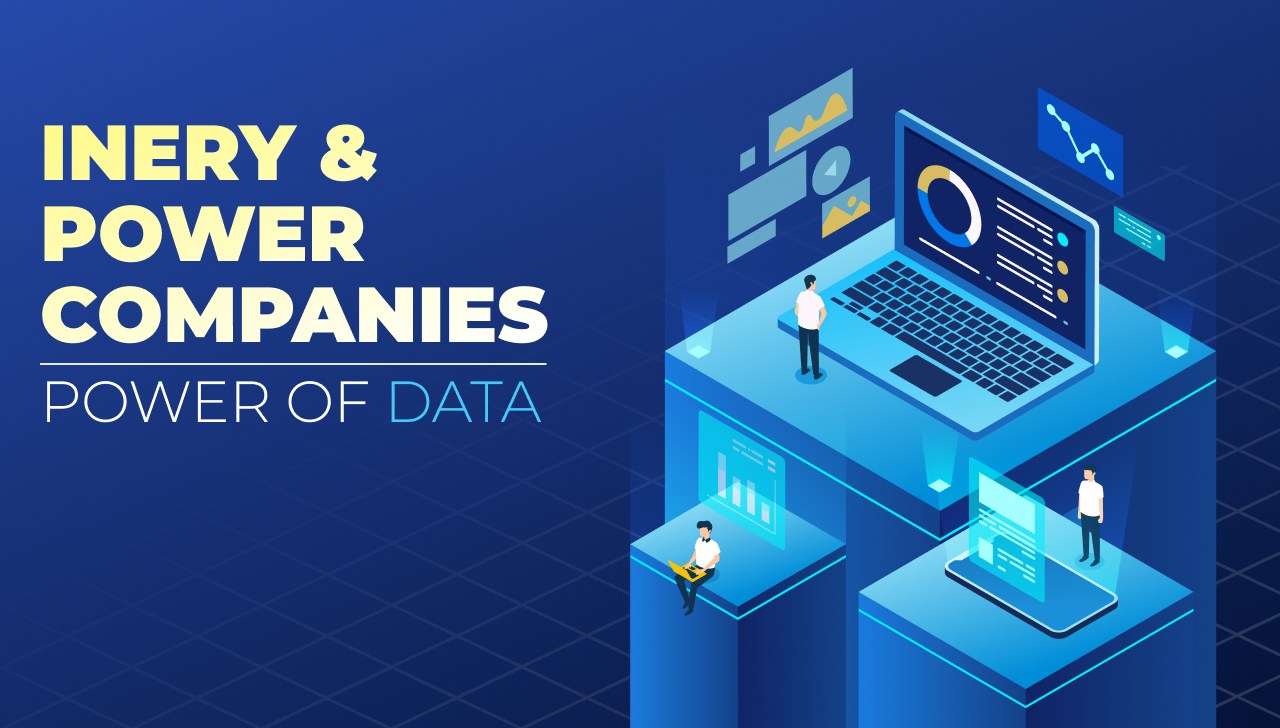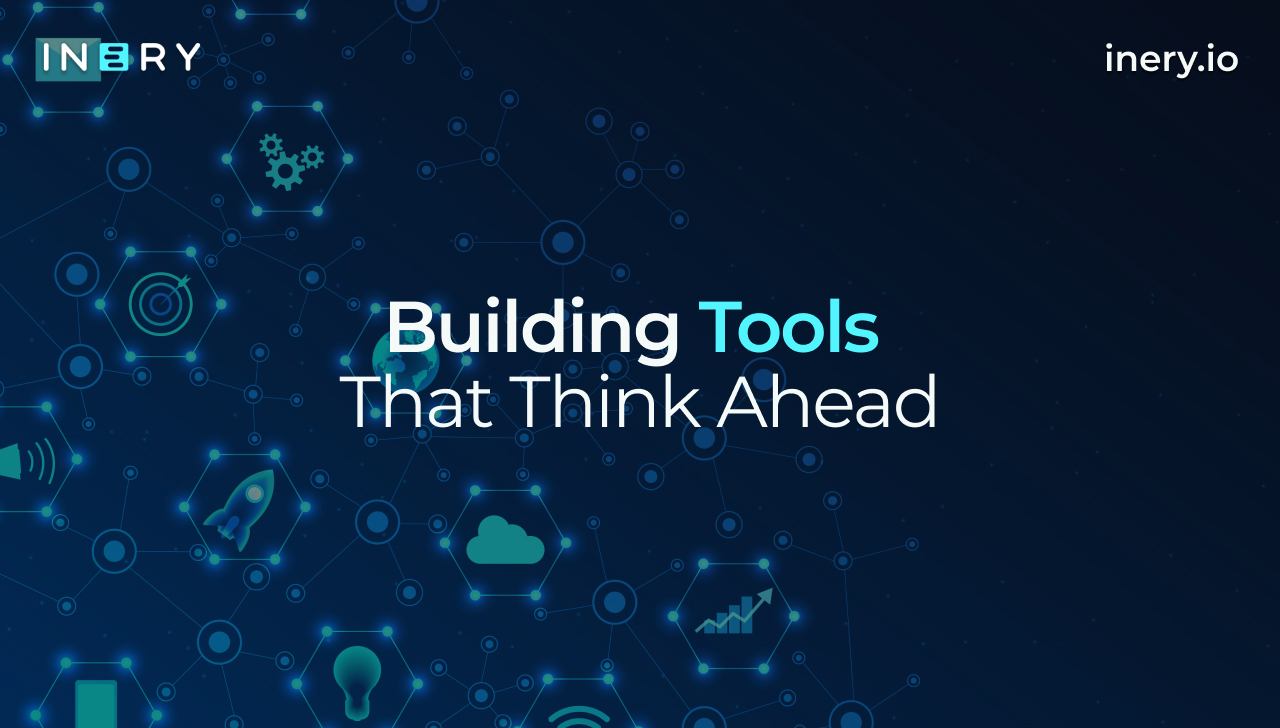Imagine a library where every book has identical copies on shelves across the world, and if you make a note on one page, every other copy updates instantly. Distributed Ledger Technology (DLT) works in a similar way. Instead of relying on one central authority, it distributes control across many participants, making the data more secure, transparent, and resilient. DLT is reshaping how industries handle information and trust, offering solutions that were previously unimaginable.
Tracing the Origins of DLT
The concept behind DLT has its roots in the desire to create systems where information isn't dependent on a single institution or authority. Early explorations into decentralized data systems emerged to address the challenges of trust, data integrity, and secure communication.
Traditional databases, while effective, came with the risks of data breaches, central points of failure, and inefficient access control. DLT emerged as a practical solution, enabling multiple participants to access and verify data without the need for intermediaries.
DLT’s ability to synchronize data across numerous independent nodes ensures that each participant has access to the same accurate version of the truth; making it suitable for industries that demand trust and transparency.
Why DLT is Essential Today
For anyone following the latest developments in data management and security, it’s clear that the traditional ways of handling information are becoming inadequate. Centralized systems, once the gold standard, are now showing cracks under the weight of increasing data volumes, security demands, and operational complexities. This has led many industries to explore more resilient and efficient alternatives – enter Distributed Ledger Technology (DLT). DLT shifts control from a central authority to a decentralized network of participants, providing enhanced security, trust, and flexibility.
The rise of DLT is more than a technical upgrade; it reflects the urgent need to solve long-standing problems with centralized systems. One of the most pressing issues is data security. In traditional setups, data is often stored on single servers or managed by a central entity. This creates a lucrative target for cyberattacks.
The news is littered with cases of massive data breaches where personal or financial information was compromised because attackers gained access to a single vulnerable point. With DLT, the story changes entirely – data is distributed across multiple nodes, and each participant secures the information through cryptography, making unauthorized access nearly impossible.
Equally significant is the way DLT ensures data integrity. In centralized systems, the opportunity for unauthorized changes, whether by human error, system malfunction, or intentional manipulation, is ever-present. However, in a DLT network, changes to the data must be validated by multiple independent nodes. This not only eliminates the risk of tampering but also establishes trust among participants. Everyone can rely on the fact that the information they’re seeing is accurate, current, and verified.
Another crucial aspect of DLT is that it eliminates the bottlenecks inherent in centralized control. Think of traditional data systems like a busy highway with a single tollbooth, everything must pass through one point, leading to congestion and delays. DLT distributes data management across a network, allowing information to flow freely without a single point of control slowing things down. This decentralized approach means that even if some nodes experience issues, the system remains functional and reliable, offering continuous access and operation.
Operational efficiency also gets a major boost with DLT. Many industries rely on intermediaries to validate or process transactions, be it banks verifying payments or notaries approving documents. These intermediaries not only add time and cost to processes but can also introduce vulnerabilities.
DLT streamlines these operations by automating processes through self-executing rules, often referred to as smart contracts. Imagine a supply chain where goods are automatically paid for upon delivery, without manual approval from multiple parties – this is the level of efficiency DLT makes possible.
The reliability of DLT networks further strengthens its appeal. In centralized systems, when the primary server goes down, operations come to a halt. This kind of disruption can be costly, particularly in industries like healthcare, where downtime can directly impact patient care, or in financial services, where delays mean lost revenue. DLT mitigates this risk through redundancy: even if several nodes go offline, the network continues to operate smoothly, ensuring uninterrupted service and reliability.
Solving Key Challenges with DLT
Distributed Ledger Technology addresses multiple long-standing challenges:
Data fragmentation: Organizations often store data in separate silos, making access cumbersome. DLT provides a unified framework, enabling seamless data sharing.
Fraud prevention: Because every change in the ledger must be validated, it becomes extremely difficult for fraudulent data to enter the system unnoticed.
Trust issues: In industries like healthcare or finance, trust among participants is crucial. DLT establishes trust by ensuring that every participant has access to the same version of the data.
Data sovereignty: Organizations maintain control over their data without needing to hand over access to third-party intermediaries, ensuring both privacy and autonomy.
These features are transforming industries by enabling new levels of collaboration and operational efficiency.
Inery’s DLT Solution for Data Management
Inery brings the principles of DLT to life with a tailored database management solution designed to handle the complexities of modern business environments. Unlike conventional systems that might struggle with scalability, Inery’s platform distributes data across multiple nodes without sacrificing speed or performance. This ensures fast access to data, even in large-scale operations, making it ideal for businesses with high-volume demands.
Inery’s focus on interoperability is a game-changer. Modern businesses operate in ecosystems with multiple technologies, and ensuring smooth data exchange between systems can be challenging. Inery addresses this by creating a platform that allows seamless communication between different networks. Whether a company needs to transfer information between cloud services or synchronize data across regional offices, Inery ensures that everything works together without friction.
The platform also addresses growing concerns about sustainability by employing an efficient consensus mechanism. Traditional distributed systems can be resource-heavy, but Inery’s design ensures that the network remains environmentally friendly while delivering top-tier security and functionality. This makes it a practical solution for companies seeking to modernize their data management without compromising on performance or sustainability.
Conclusion
For industries grappling with the challenges of data management, Distributed Ledger Technology offers a compelling way forward. By decentralizing control, ensuring data integrity, eliminating bottlenecks, and streamlining operations, DLT addresses many of the limitations that have plagued traditional systems. Its ability to enhance trust and resilience makes it an essential tool in today’s increasingly digital world.
Inery’s DLT solution exemplifies the practical benefits of decentralized data management. With its focus on interoperability, performance, and sustainability, Inery provides businesses with the tools they need to stay competitive in an ever-changing landscape. As companies continue to explore new ways of working with data, the shift toward DLT solutions like Inery’s will only accelerate, ushering in a future where information is secure, accessible, and ready to meet the demands of tomorrow.

Inery•
2 years ago
Unmasking Single Points of Failure: Vulnerabilities in Centralized Databases
Explore the hidden risks and real-world consequences of single points of failure in our latest blog. Learn how to safeguard your systems and ensure uninterrupted operations. ...READ MORE
-1697699665.png)
Share

Inery•
11 months ago
No Middleman, No Worries: Smarter Systems for Smarter Solutions
Tired of middleman delays and risks? Inery’s innovative approach provides smarter solutions for seamless, efficient data management. ...READ MORE
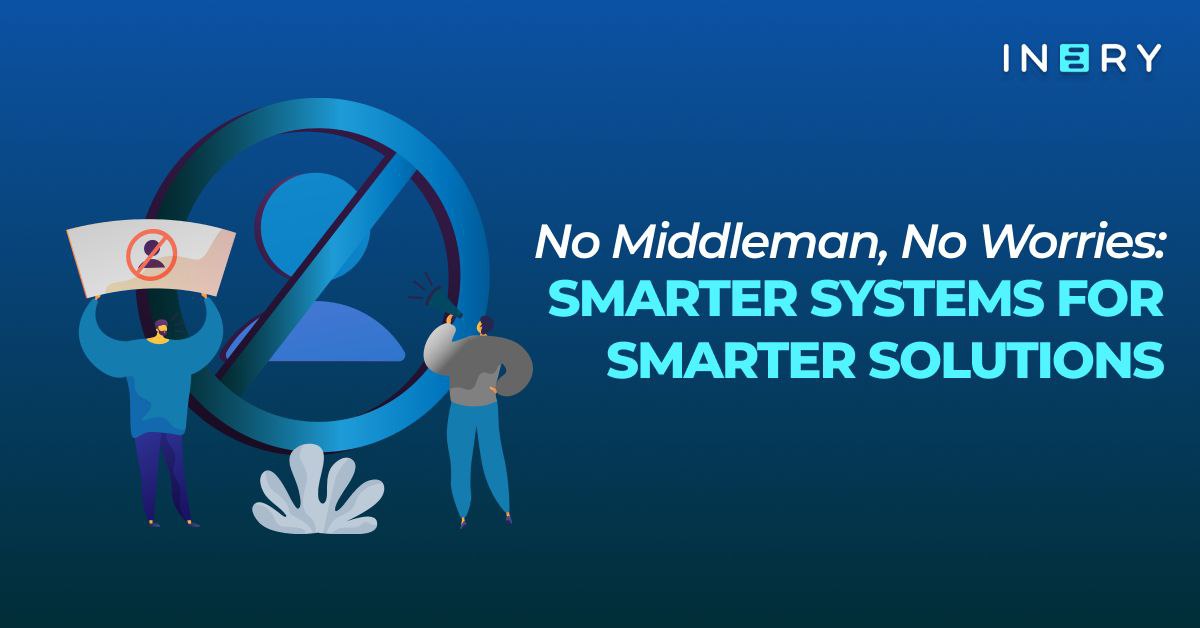
Share

Inery•
1 year ago
Inery's Role in Fighting Fake News with Verified Information
Uncover Inery's role in combating fake news by using blockchain for verified, tamper-proof information, ensuring reliable news and restoring public trust in media sources. ...READ MORE
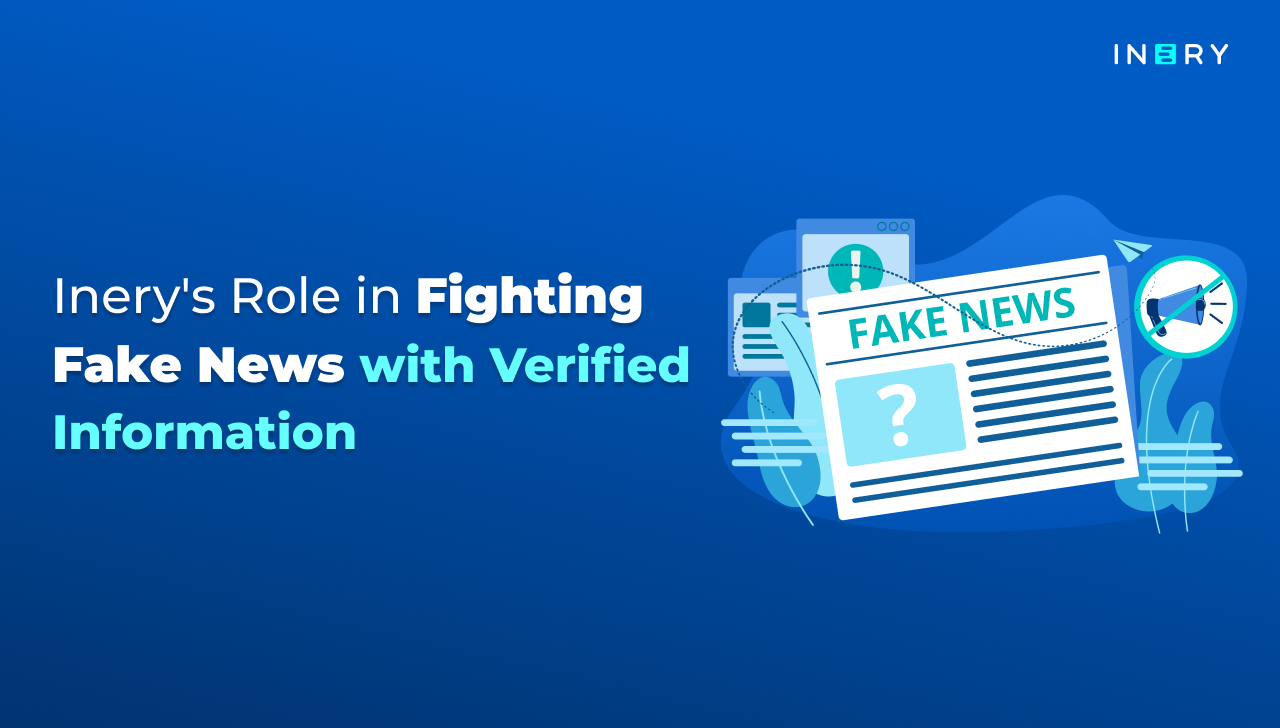
Share

Inery•
2 years ago
IneryDB Transactions 101: Everything You Need To Know
Let’s delve into the intricacies of transactions within IneryDB, ensuring data integrity and reliability in a complex and innovative decentralized landscape. ...READ MORE
-1701961591.png)
Share
Most popular today

